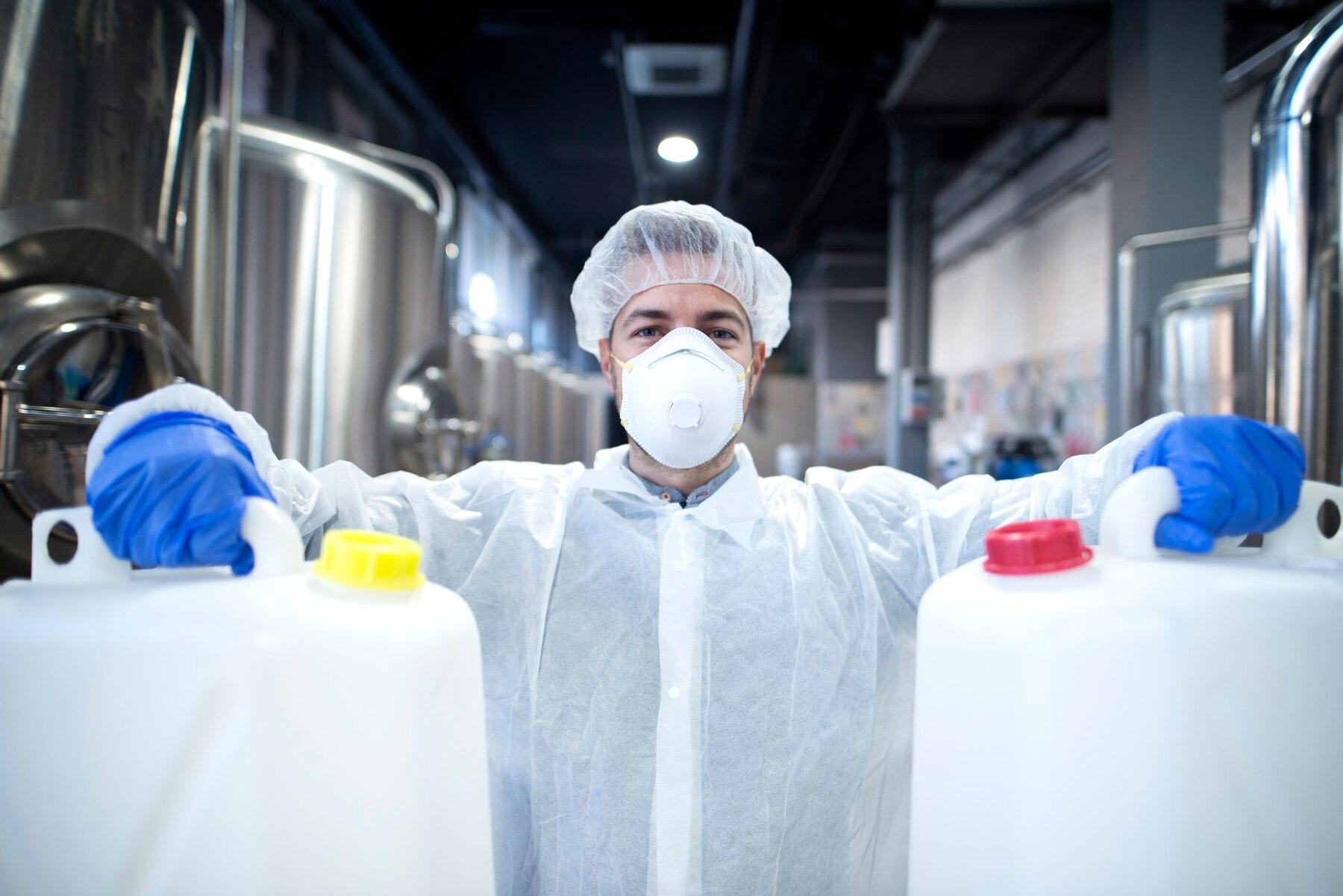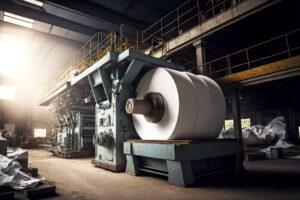
Safety in the handling of chemicals in all instances will result in a safe working environment, thus safeguarding health and protection of the environment. The best ways of handling chemicals from laboratory settings, through industries down to warehousing, would help avoid incidents of accidents and even injury resulting from this occurrence or those related to long-term exposure. Some general parameters necessary for safe storage, usage, and waste management related to chemical application have been outlined below. Following these best practices will help the organization meet both the letter and spirit of regulations as well as create a safety culture.

Use Proper Storage Cabinets
In regard to chemical storage, picking out the correct cabinet is a part of good organization and chemical handling safety. These cabinets are built for the needs of chemicals associated with storage. Chemical storage, on the other hand, ensures less risk of any accident and exposure by their safe storing manner. Such cabinets have various designs aimed at resisting corrosion, containing spills, limiting access, amongst others that tend to reduce possible risks in such cases.
The cabinets for highly flammable, corrosive, and toxic chemicals shall be fabricated from hazardous materials such as steel, protected with a rust- and deterioration-resistant coating. Cabinets shall be provided with ventilated openings or have a self-closing door mechanism to prevent the accumulation of hazardous fumes. The chemical should be stored in appropriately labeled cabinets, and categorized into types such as acids, bases, and flammables. This is very important because certain reagents have a tendency to undergo dangerous reactions with other incompatible materials.
Set up the cabinets in easy-to-reach positions and ensure good ventilation, avoiding heat sources and direct sunlight. Lockable cabinets would offer added security, especially for those chemicals being handled by a select few, such as properly trained personnel. A chemical storage cabinet not only keeps chemicals organized but also minimizes the risk of chemical spills, leaks, and reactions that may pose safety risks.
Choose Durable Containers
The selection of appropriate containers for storage and transportation will help in preventing spills, leakage, and accidents concerning chemicals. Strong and chemical-resistant containers are designed to bear up to the harsh properties of various chemicals so that the chemicals may remain enclosed within them and not degrade with time. Such containers maintain the integrity of the chemicals and reduce harmful exposure to the environment.
Chemical types are the first to be considered in the selection of the containers. Acids, along with any other corrosive elements, will be in need of containers manufactured out of materials resilient in a high level to corrosion or deterioration and can be provided by HDPE or polypropylene. Similarly, liquids that are highly flammable also require resistant metals or plastic materials, uniquely treated against leakage or rupture in retaining maximal containment and safety. Besides, the containers must be hermetically sealed so that the vapors cannot leak out from the container and start chemical action.Containers shall be periodically inspected for wear, cracks, or other damage that could affect integrity. Containers should be clearly labeled as to contents, and a container that is the proper size for the volume of material to be stored should be used to avoid overfilling, which can lead to spills. Using sturdy, chemical-resistant containers will not only protect your workplace and personnel but also the chemicals themselves – keeping them stable and safe chemical handling chemicals during storage and use.

Never Store Chemicals on the Floor or Too High
Chemicals stored on the floor or at very high levels introduce serious safety hazards, including those that can lead to accidents, spills, or exposure. Storage of chemicals on the floor increases the chances of contamination, complicates cleaning in case of spills, and may result in container deterioration due to contact with moisture, dirt, or heat. Moreover, chemicals placed on the floor may present an obstruction or tripping hazard in the work area and raise the likelihood of injury.
Chemicals should be stored on shelving or in cabinets that are at least off of the floor due to safety concerns. Shelving should be substantial and designed to hold chemicals successfully without bowing or collapsing. The ideal shelving height is that which allows access to containers without excessive bending or reaching to prevent accidents and spills. Besides, this will adequately ensure that the workers can lift chemical containers at a manageable height without overexertion.
When choosing shelving, be certain the shelves are not set too high; the storage of chemicals above shoulder height promotes the possibility of an item falling when reaching for it. Chemicals should be stored between the waist and eye level for comfort in reaching. Smaller or lighter containers can be placed on lower shelves while heavier or bulkier chemicals can be placed on the sturdier, lower shelves to prevent injury from lifting. By following these guidelines, the chances of accidents are minimal, and the chemical storage system is much safer and more organized.
Label Everything Carefully
Proper labeling is extremely important in proper chemical handling, as it allows the determination of what a specific chemical is so that proper safety guidelines regarding its handling and storage will be known and followed. This clear and accurate labeling will enable one to quickly identify the contents of containers as well as the nature of potential hazards that accompany a particular chemical and, correspondingly, avoid accidents. Well-labeled chemical containers reduce the chances of their being mishandled and poorly stored, possibly leading to hazardous reactions, spills, or exposure. The following are minimum best practices for chemical labeling:
Use Clear and Legible Fonts
the label should be readable from a distance by using bold, readable fonts. It should not have any small texts or unclear symbols. Use color contrast of text and background for more readability.
Key Information to Include
The chemical name should be included along with hazard symbols, handling directions, emergency contact phone numbers, and special storage conditions as appropriate, including “store in a cool, dry place” or “keep away from open flame”. Labels should also include first-aid measures and any PPE use recommendations for that particular chemical.
Durable
The labels shall be manufactured in such a way that they can withstand wear and tear, including exposure to the identified chemicals. Employ chemical-resistant materials that are not affected by moisture or faded out, ensuring the labels can last the life of the chemical.
Labeling of Secondary Containers
All the time a chemical is transferred from its original container to the secondary containers, the latter should be labeled with the same information so that, wherever the chemical is kept or used, workers understand what it is and the risks associated with it.
Obey the Regulations
Comply with all applicable local, national, and international regulations of chemical labeling; examples include the OSHA Hazard Communication Standard (HCS) and/or the Globally Harmonized System of Classification and Labelling of Chemicals. It ensures standardization in practices and that the safety is measured.
Remove Expired Chemicals
Proper chemical life management is an essential element in maintaining a safe and efficient workplace. Out-of-date expired, or unusable chemicals pose serious hazards due to degradation, unexpected reactions, or contamination. Regular inspection for and safe disposal of expired chemicals minimize these hazards and help maintain your chemical storage area in good order.
The following are key procedures to apply in the handling of expired chemicals:
- Routine inspection: Organize and execute a periodic chemical inventory inspection, perhaps monthly or quarterly. Check the expiration dates by inspecting the condition of all inventories of chemicals. Containers found to be damaged, leaking, or in poor condition could mean the chemical might no longer be safe to use.
- Separate expired chemicals: Segregate these expired chemicals away from other active inventory so they are not used inadvertently. These should be labeled or tagged in a manner such that it would be clear that they are no longer of any use. This will help to avoid some sort of confusion and ensure the disposal of expired chemicals accordingly.
- Manufacturer guidelines: It is always appropriate to consult guidelines from the manufacturers on how certain chemicals must be disposed of. Most of these substances are highly flammable, corrosive, or toxic and may require special methods of disposal. Be sure whatever method used does not violate local, state, or federal environmental laws.
- Disposal: It should never be poured down the drain, into regular trash, or left in areas that can expose the environment. Apply hazardous waste disposal services or programs prepared for such chemicals to dispose of it appropriately. Most municipalities or chemical waste management companies offer some type of special disposal program for hazardous chemicals.
- Record expired chemicals and their methods of disposal: Accurate recordkeeping can also aid in the conformance with regulations but may be a written record that proves useful for any kind of safety audit.
- Training of employees: Training should be provided to the employees on the identification of expired chemicals and methods of disposition. Proper chemical management should be ingrained in their minds quite frequently to remind them of the safety culture at workplaces.
At AMED, we are committed to helping you work safely and effectively, even in the most challenging chemical handling scenarios. We understand the sensitivity required in handling chemicals to make sure your operations run smoothly while limiting the risk of accidents or exposure. Our expert solutions are designed to support your chemical handling needs, offering high-quality equipment and resources to improve safety and efficiency in the workplace.
From resistant, chemical-resistant containers to special storage cabinets, AMED has everything for the safekeeping and organization of your chemicals. We also offer advanced technology and machinery in support of operational streamlining, improvement of handling processes, and adherence to general industry regulations. Be it storage, transportation, or waste management of chemicals, AMED is here to present you with reliable solutions that will enhance your safety protocols and keep your business at its best. To ensure compliance with safety regulations, employees must obtain a chemical handling certificate that verifies their knowledge of proper safety protocols. Following a clear handling and storage procedure is essential for preventing accidents and ensuring the safe use of hazardous chemicals in the workplace.
With AMED, you are confident that we can provide the resources, instructions, and instrumentation to handle the chemicals safely while providing a safe working environment for your team’s culture of safety and responsibility over all operations.










